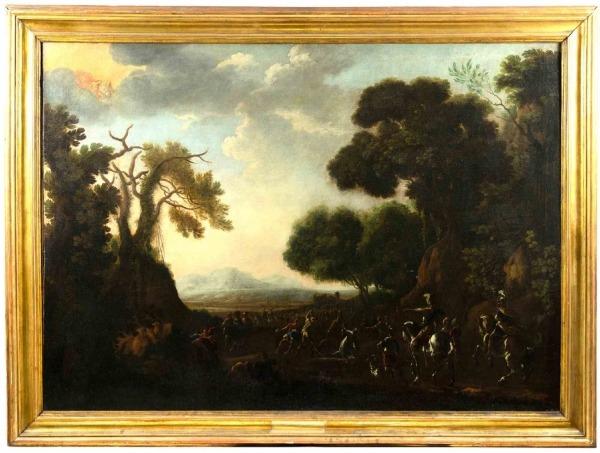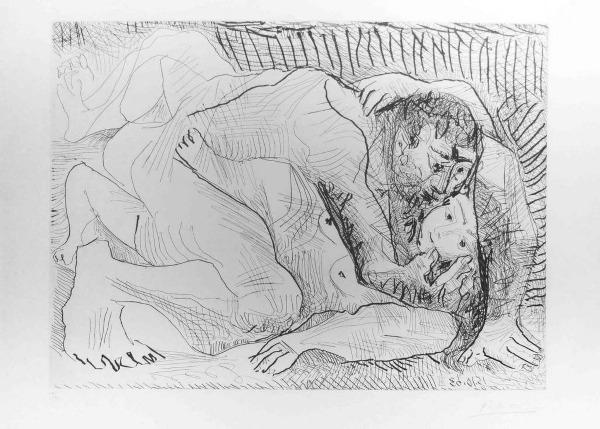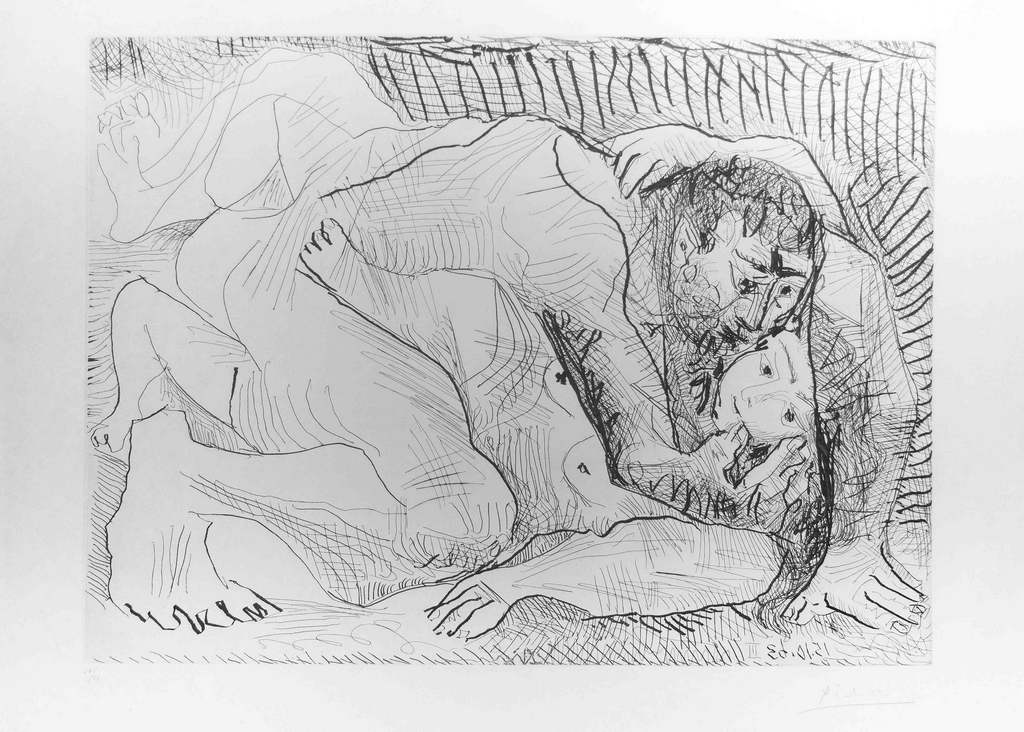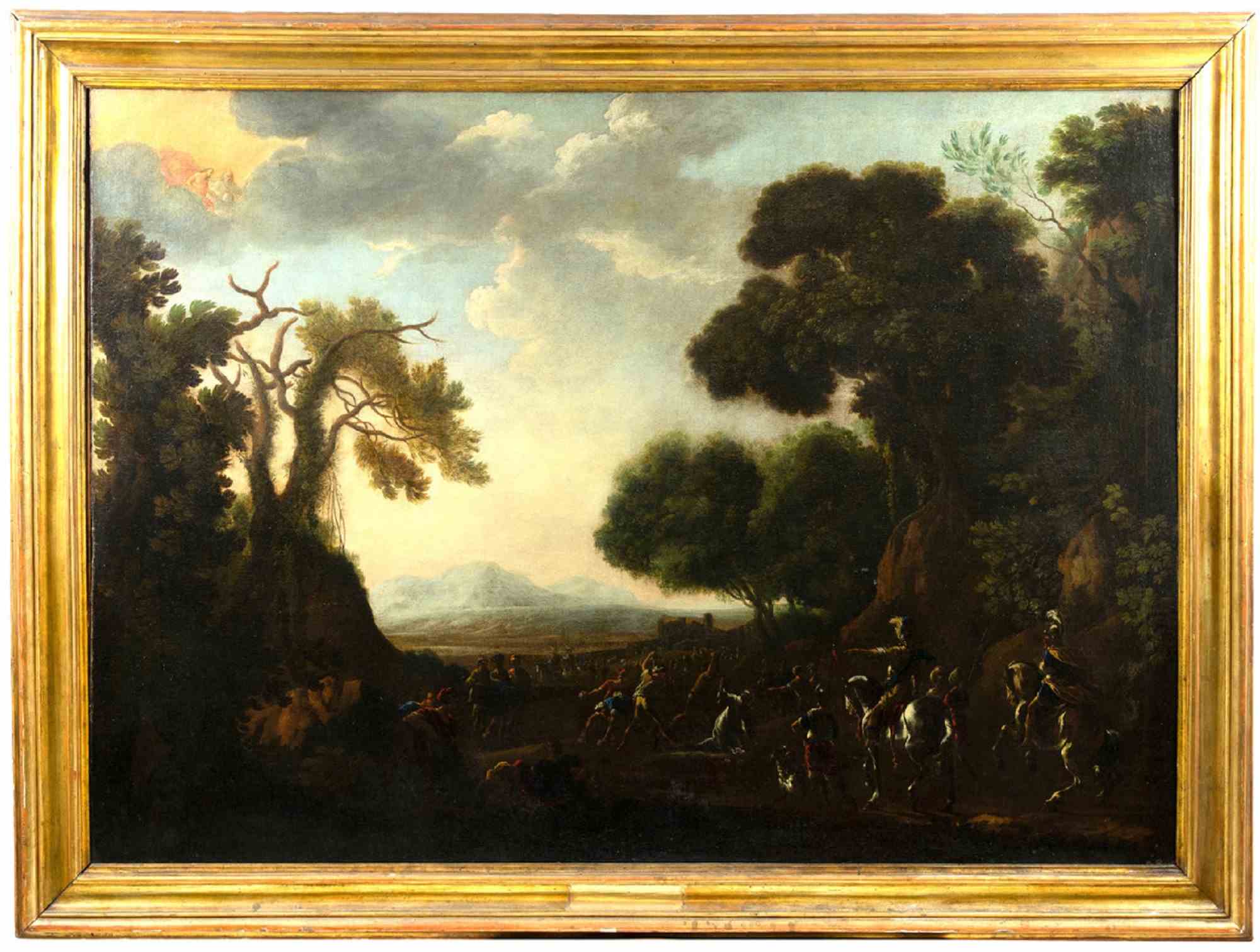
Decoding Art Valuation: Exploring the Factors Behind Price Variation in Artworks
Evaluating artworks can be a complex process that involves considering various factors that contribute to the variation in prices. Artworks are inherently heterogeneous, differing in terms of artist’s age, artwork size, medium, genre/color, provenance, and mentions in literature or participation in exhibitions.
The Age Factor
One crucial factor to consider when evaluating artworks is the age of the artist when the work was created, also known as the history of creation. Economist David Galenson has proposed a theory that distinguishes between conceptual innovators and experimental innovators. This theory reveals two patterns regarding the relationship between age and prices in artworks. The first pattern indicates that prices start low and increase over time, representing experimental returns. An example of this pattern is observed in the works of Claude Monet. The second pattern suggests that prices start high and then decrease, reflecting conceptual returns. Pablo Picasso’s works exemplify this pattern. While there can be variations and fluctuations, it is essential to identify which pattern an artist aligns with. It is worth noting that this concept can be applied not only to art but also to the entire cultural sector.

Size Matters
Another significant factor affecting the evaluation of artworks is their size. Indeed, there is often a relationship between size and price. Initially, prices tend to increase with size, but there is an optimal point beyond which prices stabilize or even decrease. This phenomenon can be attributed to the practicality of displaying extremely large artworks, which require larger spaces and subsequently impact the price.
Medium and Materials
The choice of materials used in creating an artwork also plays a role in its evaluation. Different artists may employ diverse materials, and this distinction can affect the perceived value. For instance, the works of Picasso include both oil on canvas and works on paper. Paintings on paper generally command lower prices than those on canvas. While this relation may generally hold true for other artists, it is not necessarily a universal rule and depends on an artist’s production. For example, if an artist has created only a few works on paper, they would be considered rare and thus more expensive.
Rarity
Rarity is often associated with higher prices in the art market. The scarcity of an artwork can significantly influence its value. Collectors and buyers are willing to pay a premium for unique or rare pieces due to their limited availability. Therefore, rarity serves as a significant determinant in the evaluation of artworks.

Genre and colors
In the realm of genre, traditional Old Masters’ artworks can be categorized into distinct genres such as Still Life, Landscape, Portrait, Sacred Art and Religious Art, and Historical Scenes or Genre Paintings. On average, portraits tend to be cheaper compared to other genres, as people may be less inclined to hang portraits of unfamiliar individuals on their walls. Within the Old Masters category, landscapes usually command higher prices, followed by Still Life and genre paintings. However, for contemporary art, defining genres becomes more challenging. Elena Stepanova suggests that colors may influence the prices of contemporary artworks. This idea draws upon psychology and the psychology of colors. When comparing two paintings under similar conditions, the presence of blue tends to correlate with higher prices, with the size of the blue area playing a role. Additionally, contrast is an essential factor in catching viewers’ attention, further impacting the perceived value of artworks.
Mentions and Exhibitions
The story and background of an artwork, including its mentions in literature or participation in exhibitions, also contribute to its evaluation. Auction houses like Sotheby’s consider the number of exhibitions and literature mentions as indicators of an artwork’s significance. After a certain point, the relationship between these factors and price tends to stabilize. The story behind an artwork matters because it helps mitigate information asymmetry between sellers and buyers. When a work has been exhibited or documented in books, there is less ambiguity regarding its authenticity or provenance. This aspect is especially relevant in contemporary art, where collectors often purchase artworks, exhibit them in museums, and later sell them at higher prices.

Provenance and Ownership History
Provenance, which refers to the ownership history of an artwork, serves as an important signal in the evaluation process. For example, in the case of Monet’s US sales, good provenance indicates liquidity. The frequency with which an artwork changes hands can affect its price. If a work has been traded frequently, market participants interpret it as a sign of liquidity and consequently assign it a higher value. However, this principle may not hold true for Old Masters’ artworks. Frequent changes in ownership among Old Masters may raise suspicions of forgery or attempts to conceal the artwork’s provenance as part of illicit activities. It is important to note that Old Masters do not frequently appear on the market, further complicating the evaluation process.
Conclusion
In conclusion, evaluating artworks involves considering various factors that contribute to the variation in prices. Age, size, materials, genre/color, mentions in literature or participation in exhibitions, and provenance all play crucial roles. Regression analysis and statistical techniques help predict prices and estimate the influence of these factors. By understanding these dynamics, art experts and collectors can make informed decisions when assessing the value and potential worth of artworks.



